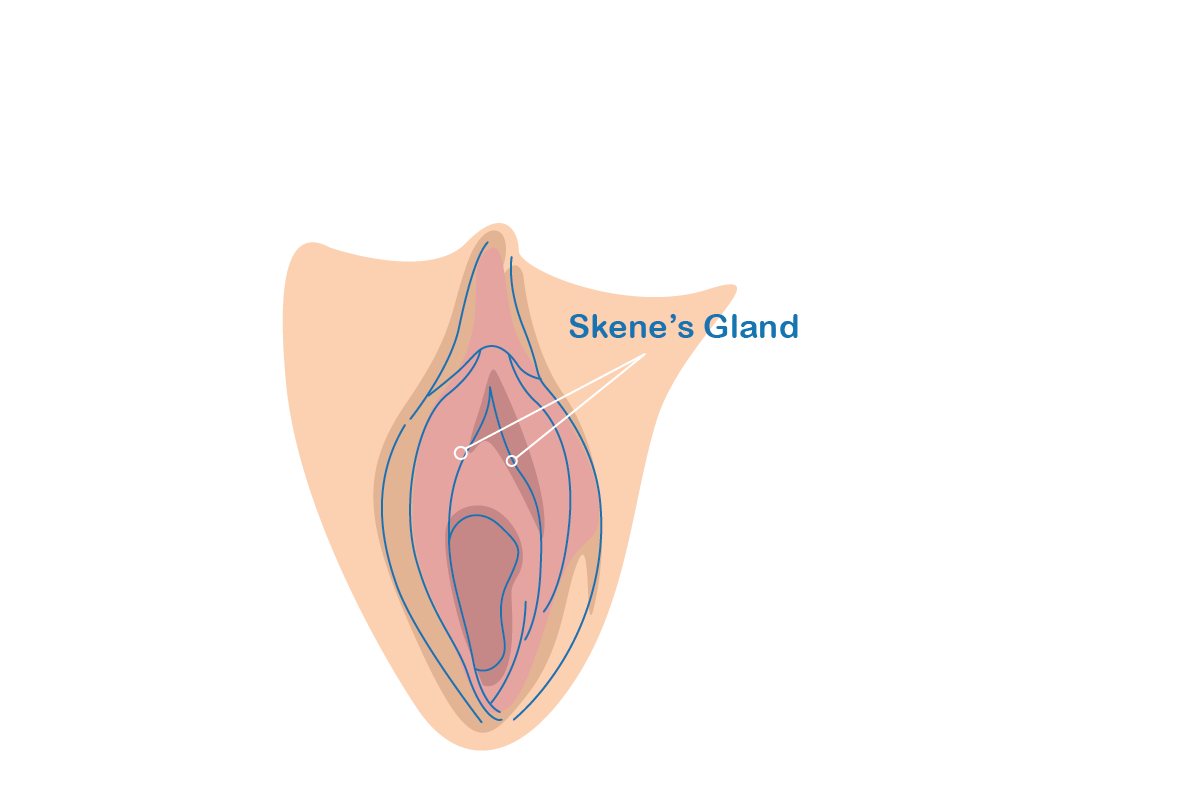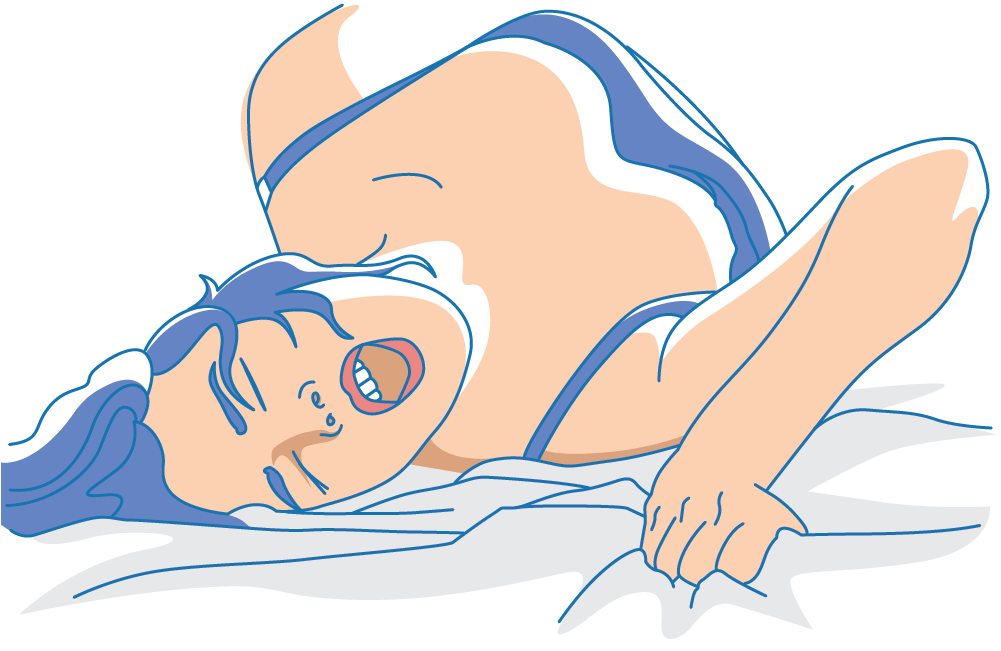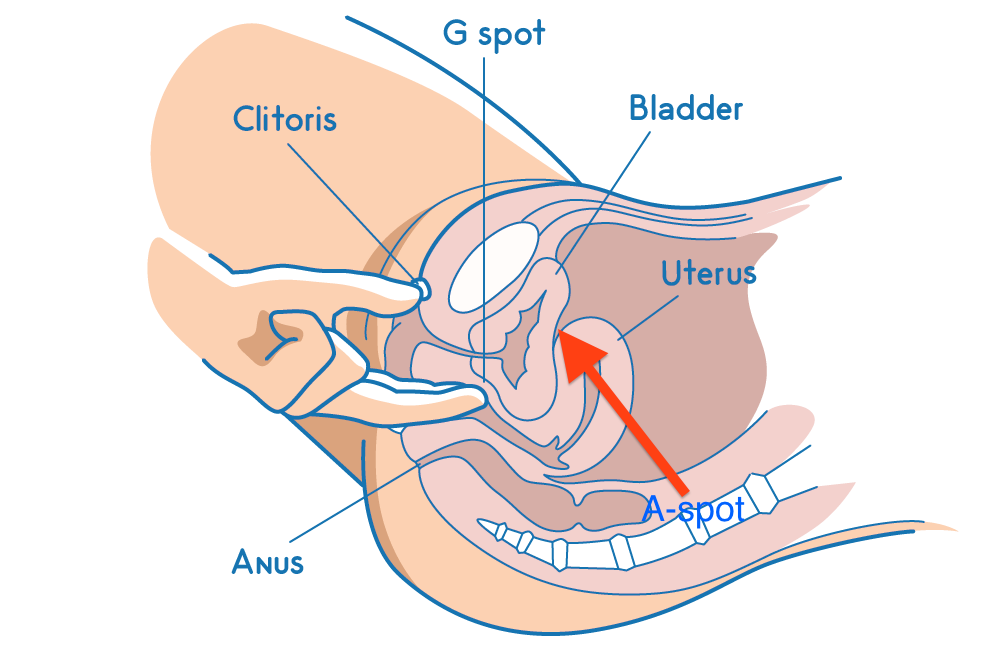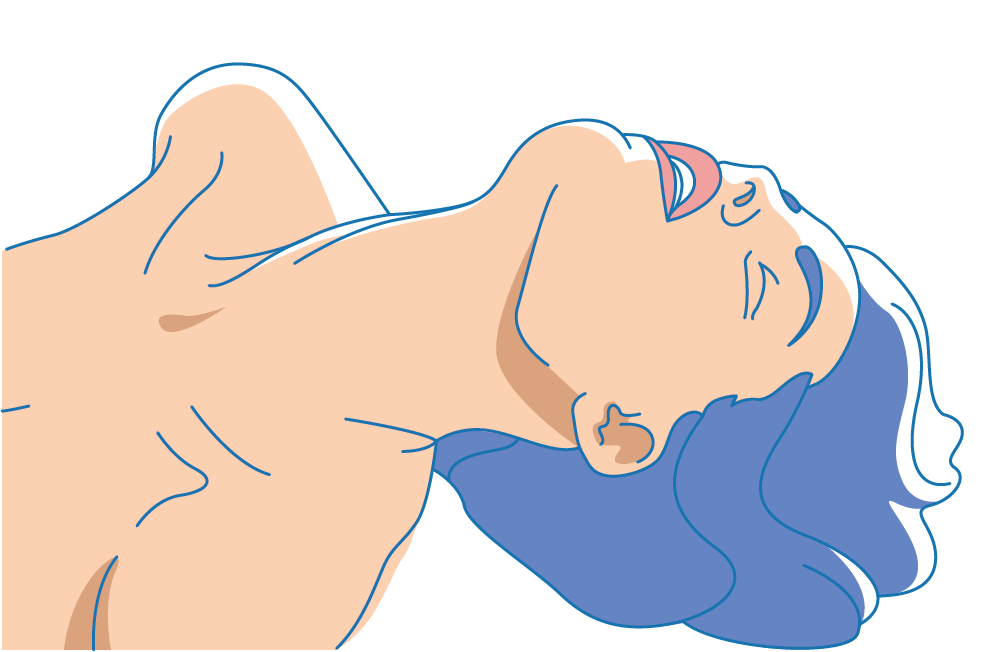Women are mysterious creatures. It’s what makes them so seductive and alluring.
But there are some mysteries, those of a sexual nature, that deserve to be answered. These include the mysteries of the g-spot orgasm, clitoral stimulation, and of course squirting.
The goal of this article is to first educate on squirting, including what it is and what it’s not. Then we’ll delve into the question of why women squirt. Finally, I’ll share a quick primer on how to squirt if you want to experience firsthand what squirting feels like.
What is Squirting?
The definition of squirting is the flow of colorless, odorless fluid from the urethra during arousal or climax.
Is Squirting Just Pee?
For so long, squirting fluid has been mistaken for urine by scientists and laypeople alike. Even when studies point out the fact that squirting fluid contains other components other than urine, the myth persists. Why?
Squirting fluid is shown to pass through the bladder just prior to the main event. This has been noted in numerous studies utilizing ultrasound technology to check the fullness of the bladder before and after squirting. This has shown the bladder filling up immediately prior to climax and then an empty bladder immediately following.
What those studies ignore, though, is where the fluids that enter the bladder initially come from.
The skene’s glands are internal glands on both sides of the urethra. They are often equated to the male prostate. This is where squirting fluids originate before it passes through the bladder and out of the urethra.

Why is that distinction important?
If squirting was urinary incontinence, then only the bladder would be involved. However, the squirting process only begins when the fluids are delivered from the Skene’s glands to the bladder. Only then does the expulsion occur.
So, is squirting pee? No.
That’s not to say that squirting fluids don’t contain any urine. But they also contain components similar to male ejaculation (minus the sperm, of course) including glucose and prostatic proteins. The volume of urine is small and often not noticeable by sight or smell.
Squirting vs Female Ejaculation: What’s the Difference?
Another misconception is that squirting and female ejaculation are the same. While the terms are often used interchangeably, they’re actually different things.
Squirting is the forceful expulsion of colorless, odorless fluid from the urethra. Female ejaculation is more of a trickle of a thicker, milky-colored fluid from the urethra.
Both of these fluids are initially produced in the Skene’s glands. With squirting fluid, it then travels through the bladder and out of the urethra. With female ejaculation, it travels directly out of the urethra.
Who Can Squirt?
We know squirting is a natural phenomenon but is it common? Well, that depends on who you ask.
According to a literature review on the topic, the percentage of women who can squirt ranges from 10% to 54%. That’s certainly a big gap which just goes to show how much we need larger, more in-depth studies on the topic.
As you might expect, the studies are going to be biased towards women who squirt naturally. I would argue that the number of women who can squirt but have yet to learn would bring the percentage up much higher.
That’s right, squirting isn’t something that comes naturally to every woman. However, it’s something that can be learned with the right mindset and stimulation techniques. So whether squirting is a big turn-on for you or your partner, or you just want to learn to squirt to know what it’s like, I can teach you in no time (more on that below).
Why Do Women Squirt?
So, the main question? The answer is truly a mystery.
Unlike orgasm, which is hypothesized to have the biological benefit of encouraging women to have more sex (and, therefore, more babies), there doesn’t seem a biological reason for female squirting.
Female ejaculation, on the other hand, may serve an antimicrobial purpose. During sex or sexual activity, it’s not uncommon for bacteria to enter the urethra. This can lead to urinary tract infections. One way to prevent this is to urinate immediately following sexual activity. However, female ejaculation may also serve the same purpose by flushing out the bacteria that have entered.
So, can the same be said for squirting?
While I don’t think it’s the primary reason for squirting, I’d say it’s probably a pleasant side effect of the phenomenon. Really any fluid flowing from the urethra is going to inadvertently flush out any bacteria, so that’s definitely a plus.
Let’s say that squirting truly doesn’t serve any biological purpose. Once again, we’re back to square one. Why squirt?
My answer? Why not?!
Squirting is a pleasurable experience. So maybe, just maybe, squirting occurs solely for the pleasure of the women.

I know, it’s a crazy concept considering biology (and society) have been none too concerned with female pleasure since the dawn of humanity. But it’s the reason I choose to lean towards until (if) we get a better scientific understanding of why it happens.
How to Squirt (A Quick Primer)
Whether you want to squirt yourself, or you want to learn how to make her squirt effortlessly, this quick primer will give you the basics of what you need to know.
Hydrate
Your biggest concern for your first time squirting is whether you’ll pee. So the last thing you want to do is hydrate yourself.
I get it, I do.
But hear me out.
Hydration is required for optimum physical performance. Yes, that includes sexual performance and squirting.
This doesn’t mean you need to load up on water for days beforehand.
Two glasses of water a few hours before your squirting session is more than enough to hydrate your properly.
Your bladder won’t feel uncomfortably full AND you’ll be more likely to squirt on your first try.
Get Comfortable
Squirting is both an emotionally vulnerable activity, and one that takes physical stamina. As such, I suggest you get very comfortable both physically and mentally.
For physical comfort, I suggest you lie on your back on a comfortable surface like your bed. If you’re worried about a mess, throw down some old sheets or a few towels and you’ll be good to go!
For mental comfort, this can take some time depending on where you currently are. If you’re doing this alone, it can be easier to let go of any preconceived notions or shame. If you’re doing this with a partner, there has to be a great deal of trust present.
If you’re not comfortable yet doing this with a partner, that’s okay! That doesn’t mean you’ll never be able to do it with one. It’s okay to focus on yourself and your pleasure during solo play for the time being.
Stimulate the G-Spot
Is it possible to squirt from other types of sexual stimulation? Absolutely! But g-spot stimulation is the golden ticket for the majority of women.
The g-spot is a fleshy spot just inside the opening of the vagina. It’s actually the internal extension of the clitoris which is why it’s so sensitive and packed full of nerves.
The best way to stimulate the g-spot to start with is by inserting one or two fingers into the vagina. Gently hook the fingers forward and do the “come hither” motion. This will 1) help you to easily locate the g-spot, and 2) get you acquainted with how g-spot stimulation feels.

One thing to note is that g-spot massage can initially feel odd or unpleasant. You may even feel like you have to pee. That’s fine! As you continue to stimulate the spot, you’ll overcome that urge to pee. And if you’re not feeling much pleasure, use your other hand or a toy to stimulate the clitoris simultaneously.
Experiment with how you stimulate the g-spot such as placing various amounts of pressure or varying your movements. You’ll soon find a pace that works for you.
Take Your Time
Whether this is your first time trying or your fifteenth, remember that it can take time to learn to squirt. You should take your time both during the session and at subsequent sessions (if necessary) as trying to rush it will only make it more difficult.
Let It Go
Squirting is pretty similar to orgasm in that you have to be willing to let go, both physically and mentally.
What do I mean?
If you’re not a woman to whom squirting comes easily, then you may feel a mental block when it actually comes down to it.
Why?
Squirting can feel foreign, or even taboo. You may fight against it instead of giving into it.
That’s why you have to ensure you’re physically and mentally comfortable and willing to let go, no matter the outcome.
Ask yourself: “What is my biggest concern? What is truly holding me back?”
For many women, the concern is that they’ll pee instead of squirt.
One, it’s unlikely for you to experience urinary incontinence out of the blue if that’s not something you’ve ever dealt with before.
Two, if you do pee, it will be a small amount compared to the rest of the squirting fluid. If you’re really concerned, give it a go in the bath tub or lay down some old towels.
The goal is to give in so fully that you release.
Conclusion
Squirting is an enjoyable experience for the vast majority of women who can do it, and the men who experience it with their partners. So, is it just for pleasure or is there a more meaningful purpose?
The truth is that we just don’t know. While there is a possibility that squirting is a way to cleanse the urethra and, therefore, reduce the risk of UTI, we may never know whether that’s the intended purpose.


